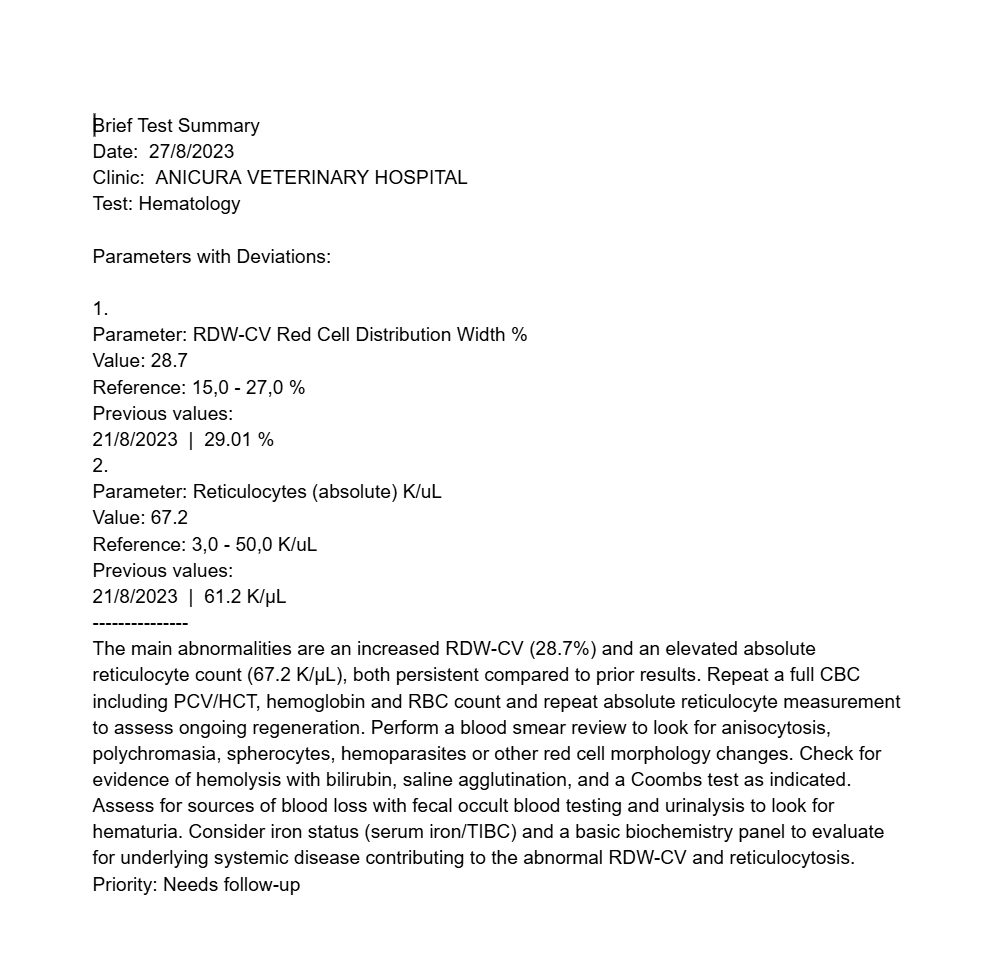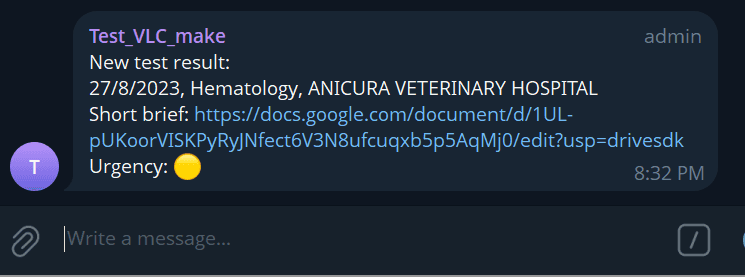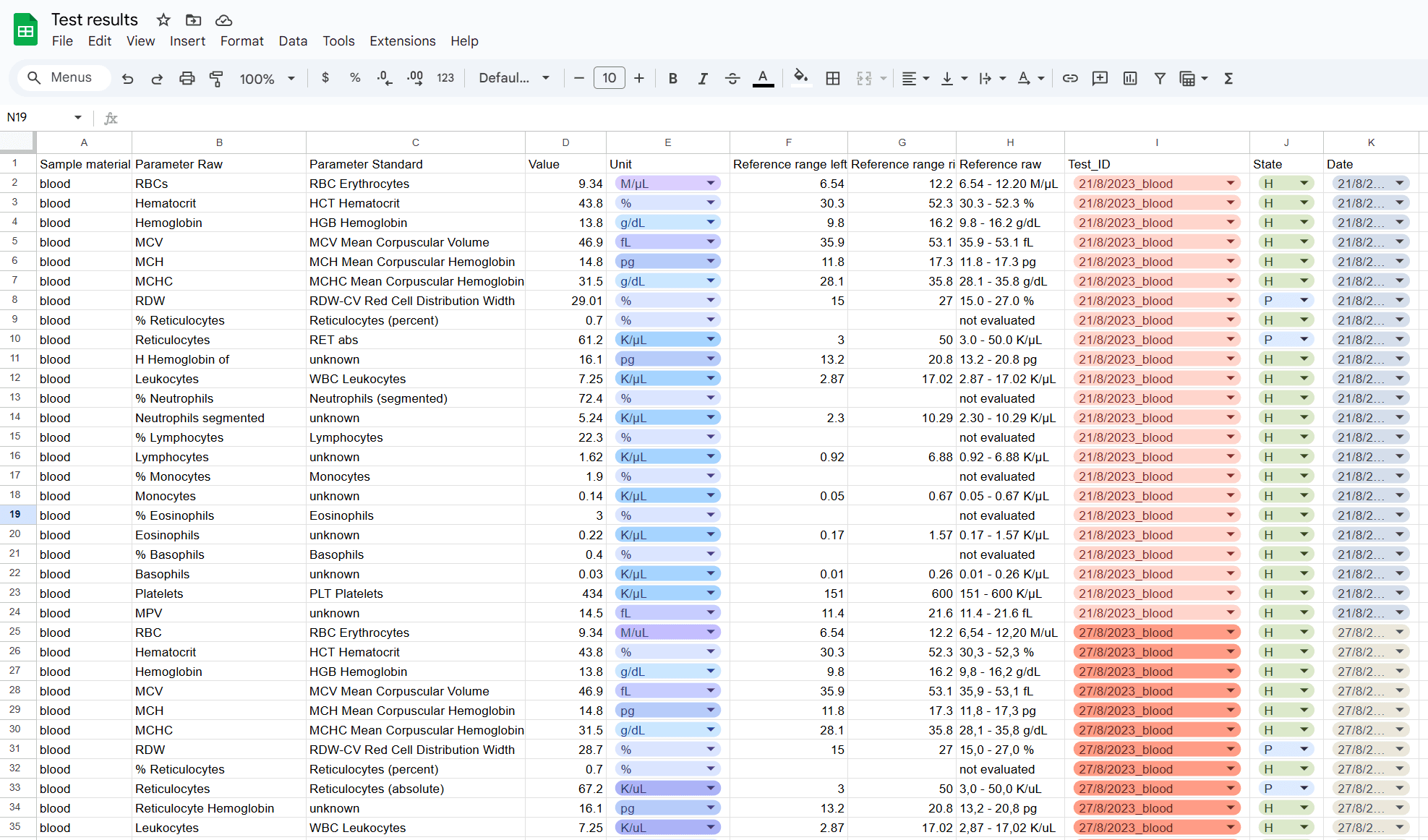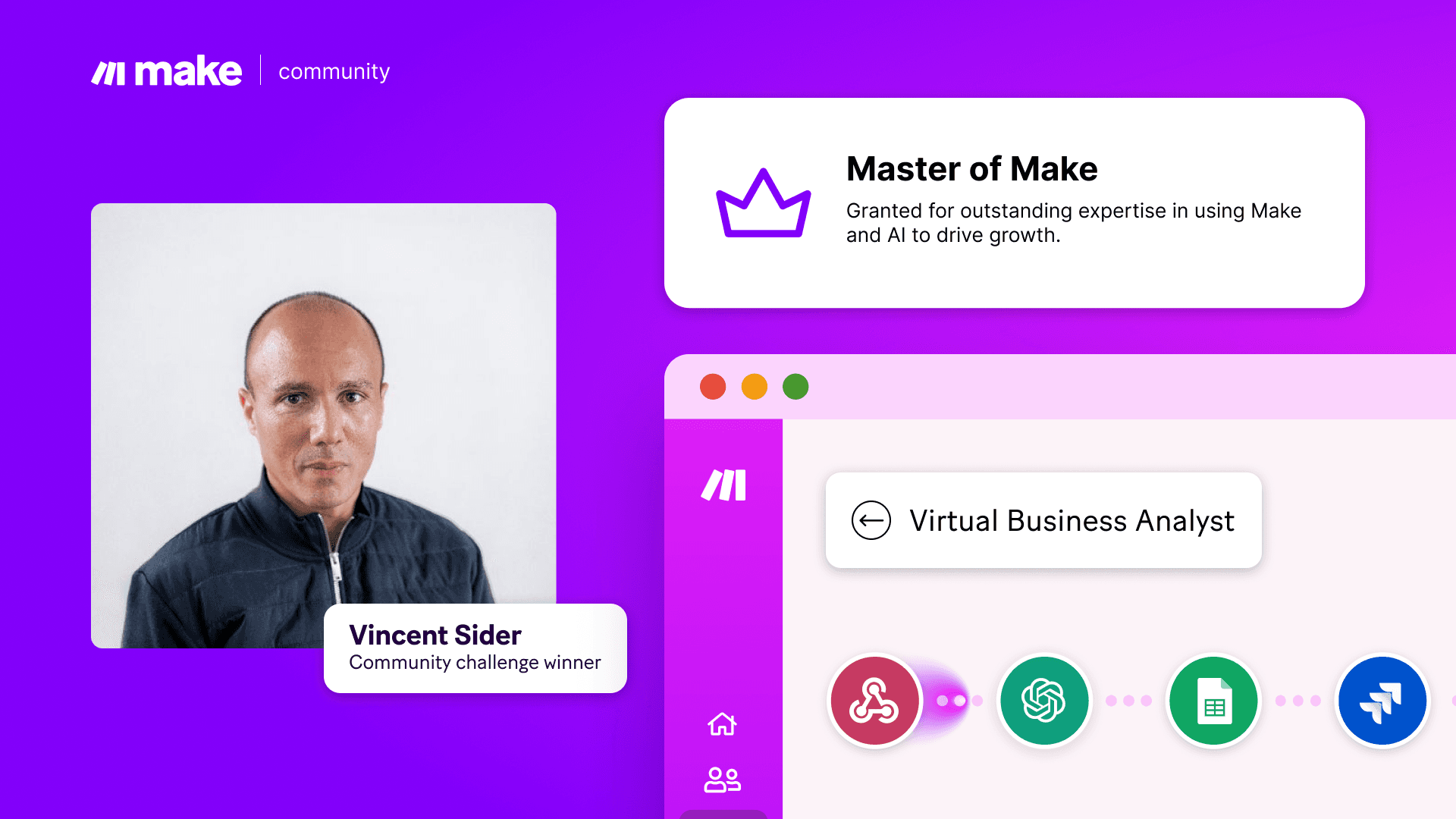Nov 13, 2025 | 5 minutes
Community Challenge: Using Make’s AI to improve healthcare for an ill cat
Read how Make’s AI tools helped Alexey Nikolaev, the winner of our latest community challenge, transform the way he and veterinarians track lab results for his beloved, chronically ill cat, Kashtan.
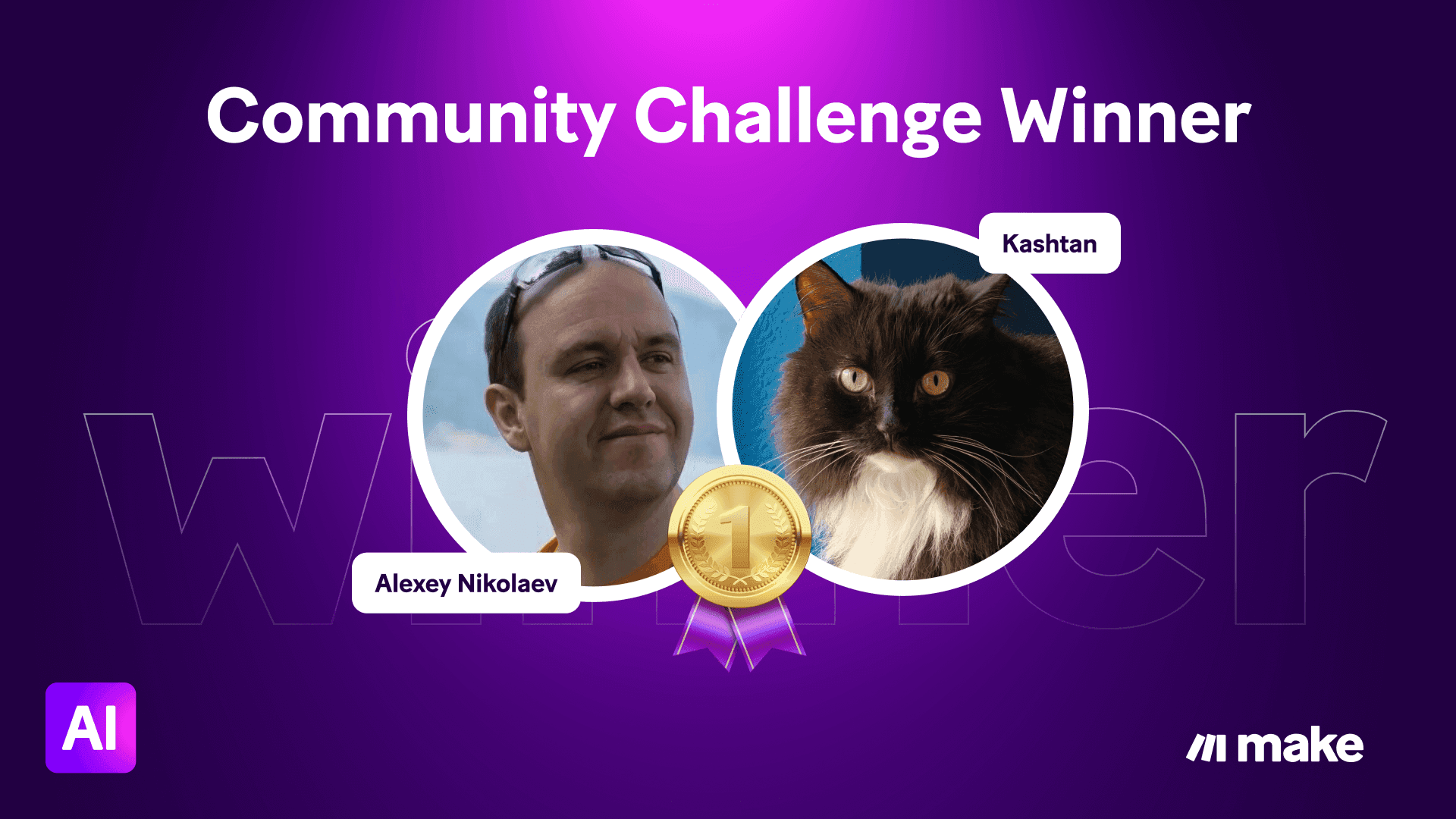
We love to set Make community challenges to see what ingenious ideas our customers bring to life. For our latest challenge, we wanted to see how our community has used either the Make AI Toolkit, the Make AI Content Extractor, or a combination of both to create smart, streamlined, or insightful automations. Alexey Nikolaev, our latest winner, certainly didn’t disappoint. Alexey is not only an automation enthusiast. He’s a man who loves his cat, 8-year-old Kashtan. So much so that he created an automated AI healthcheck results tracking system for his beloved pet, who suffers from a chronic illness.
Before automation, he had to decode a myriad of physical, multilingual lab reports. Now, Make automatically transforms these reports into unified online summaries.
In this story, Alexey explains how this simple yet powerful scenario removes language and semantics barriers, saves him hours, eliminates the risk of errors or lost data, and most importantly, keeps him up to date with Kashtan’s health.
“A long time ago, I wanted to make an application with a similar idea, but I am not a professional developer, and I understood that I could not build what I needed. I'm happy that Make now allows me to test and realize my ideas simply and quickly."
Alexey Nikolaev
The problem
Over the last five years, Alexey has lived in three countries – Russia, Serbia, and Spain. Each varies in veterinarian care, including doctors’ skills, overall processes, and, of course, languages. What’s more, different vets use different terms to address the same issues.
This left Alexey with disconnected, multilingual paper reports that were hard to decode, making it challenging to track Kashtan’s health over time. Comparing them by hand also took a lot of time, led to mistakes, and crucial data was easily lost.
Alexey needed a tool that would let him monitor Kashtan’s health indicators systematically, even highlighting problem areas and providing recommendations.
The solution
To make tracking his precious Kashtan’s health results easier, Alexey turned to Make’s AI toolkit. In only one day, he built a system that saves endless hours of translating, decoding, and summarizing complex reports.
Here’s how it works:
Alexey’s Make AI automation is triggered when a laboratory report scan is uploaded to Google Drive. Make downloads the file and uses the Make AI Content Extractor model to extract the text from the scan.
The Make AI Toolkit module then translates the text. Next, Make extracts information like the clinic name, sample type, test date, and test name, as well as key results data. Crucially, the automation also normalizes parameter names across different laboratories. It ensures that the same health indicator is labeled consistently, whether it comes from a Russian, Serbian, or Spanish vet. This normalization lets Alexey visualize trends: he can easily prepare graphs showing how specific parameters evolved over the past few years before vet visits. Finally, the Make automation creates a summary of the problem and adds recommendations. All of this data is compiled into a concise Google Docs report.
Every time the report is generated, Alexey receives a Telegram message. It contains key information such as date, type of health check, the veterinary hospital name, and a link to the report. A red, yellow, or green circle emoji indicates how urgently the report needs Alexey’s attention.
The key report data is also added to a long-term results Google Sheet tracker – a single source of truth for Alexey and the veterinarians. Every time the data arrives, Make creates a new row and adds the information to its designated cell.
The results
The Make AI automation makes tracking Alexey’s beloved Kashtan’s health data much more convenient – both for him and the medical professionals.
In a nutshell, the automation:
Gives a concise, unified overview of laboratory results to Alexey and veterinarians
Removes inconsistencies in language and laboratory terms
Saves hours of analyzing disconnected laboratory result papers
Eliminates risk of errors and lost data
Final thoughts
Our community challenge generated dozens of great automation use cases. Although it is hard to choose “the one”, Alexey’s deeply human idea is truly inspirational. Wherever he and his family head next, he can rest assured that Kashtan will get the best care possible.
“I solved my own task and the task of our family. We are happy that a stack of papers in different languages is turning into structured data that can be analysed and visualised. This will help us communicate with veterinary doctors.”
Alexey Nikolaev




